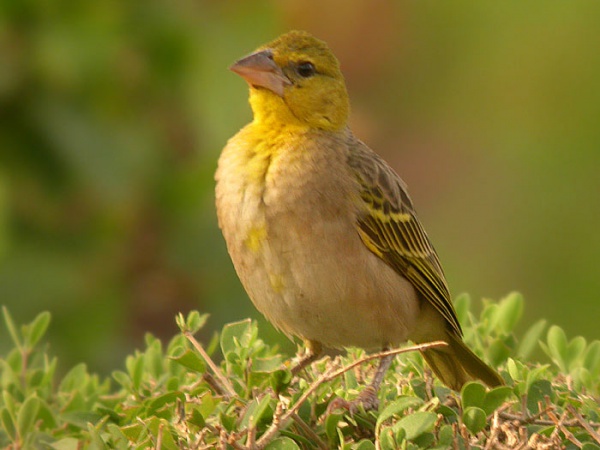Facts About Village weaver
The village weaver, also known as the spotted-backed weaver or black-headed weaver, is an intriguing bird species native to sub-Saharan Africa. It has also been introduced to regions beyond its native range. These birds flourish in a variety of habitats and are famed for constructing large, communal nests. Their diet primarily consists of seeds and grains, but they also relish insects.
Researchers have investigated the taxonomy and systematics of the village weaver, identifying different subspecies based on their geographic distribution. To date, eight subspecies have been recognized. These birds are known by various names in different languages, indicative of their extensive presence.
In terms of appearance, breeding males, non-breeding males, adult females, and juvenile birds each exhibit distinct plumage characteristics. Village weavers are widespread across sub-Saharan Africa, although they tend to avoid particularly arid regions. Their behaviors are quite fascinating—they forage in flocks, nest in colonies, and are particularly active during the breeding season.
The nest-building process of the village weaver is a natural marvel. The males act as the architects, weaving intricate structures from long strips of leaves. Each nest includes a nesting chamber, an antechamber, and an entrance tube. The male collects the building materials and meticulously constructs the nest, while the female is responsible for lining the nesting cup. This species is renowned for its skilled weaving and the elaborate nests it creates.

 Niger
Niger